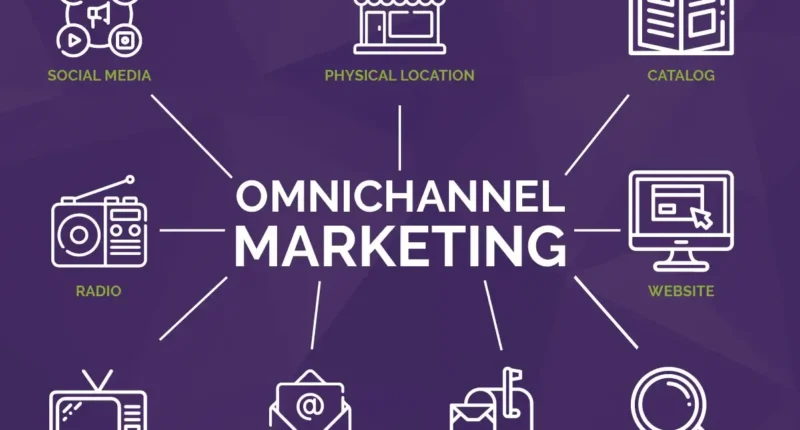Understanding Omnichannel Fundamentals
Unifying Customer Touchpoints
Omnichannel marketing integrates all customer touchpoints—online, offline, mobile, and in-store—to deliver a cohesive brand experience. In Thailand, where e-commerce grew 15% in 2024 per Statista, businesses adopting omnichannel strategies see 20% higher customer retention, according to a 2025 McKinsey report. Use tools like HubSpot to sync data across platforms, ensuring consistent messaging whether customers shop via Lazada, Instagram, or physical stores in Bangkok.
Optimizing Digital Channels
Leveraging Social Media and Apps
In 2025, 70% of Thai consumers engage with brands on social media, per Hootsuite, making platforms like TikTok and LINE critical for omnichannel success. Create unified campaigns with tools like Sprout Social to schedule posts across Instagram Reels and YouTube Shorts, ensuring brand consistency. For example, a Thai fashion retailer could sync promotions on LINE Shopping with in-store QR codes, driving 30% more conversions, per a 2024 Shopify study.
Personalizing Customer Interactions
Using Data for Tailored Experiences
Leverage customer data to personalize interactions, as 80% of consumers prefer brands offering tailored experiences, per a 2025 Salesforce survey. Use CRM systems like Salesforce to analyze purchase history and browsing behavior, enabling targeted offers. A Chiang Mai café chain, for instance, could send personalized GrabFood discounts to frequent app users, boosting repeat orders by 25%, while maintaining consistent branding across email and in-store promotions.
Streamlining E-Commerce Integration
Connecting Online and Offline Sales
Integrate e-commerce platforms like Shopee with physical stores using POS systems like Square to track inventory and customer preferences in real-time. In Thailand, where 60% of shoppers combine online and in-store purchases, per a 2024 Nielsen report, seamless integration reduces cart abandonment by 15%. Offer options like buy-online-pickup-in-store (BOPIS), popular among 40% of Bangkok shoppers, to enhance convenience and drive sales.
Enhancing Customer Support
Unified Service Across Channels
Provide consistent customer support across channels like chatbots, email, and in-store help desks. In 2025, 65% of Thai consumers expect instant responses, per Zendesk. Use AI-powered tools like Intercom to route inquiries seamlessly, ensuring a query started on X is resolved via LINE without repetition. A Phuket resort could use this to handle booking inquiries, improving satisfaction and increasing bookings by 20%, per industry data.
Measuring and Scaling Success
Tracking KPIs for Growth
Track key performance indicators (KPIs) like customer lifetime value (CLV) and net promoter score (NPS) using analytics platforms like Google Analytics 4. In Thailand, omnichannel businesses see a 10% CLV increase, per a 2025 Deloitte study. Test campaigns with A/B testing tools like Optimizely to refine strategies, and scale successful tactics, such as cross-channel loyalty programs, to boost retention across Thailand’s 70 million digital users.









